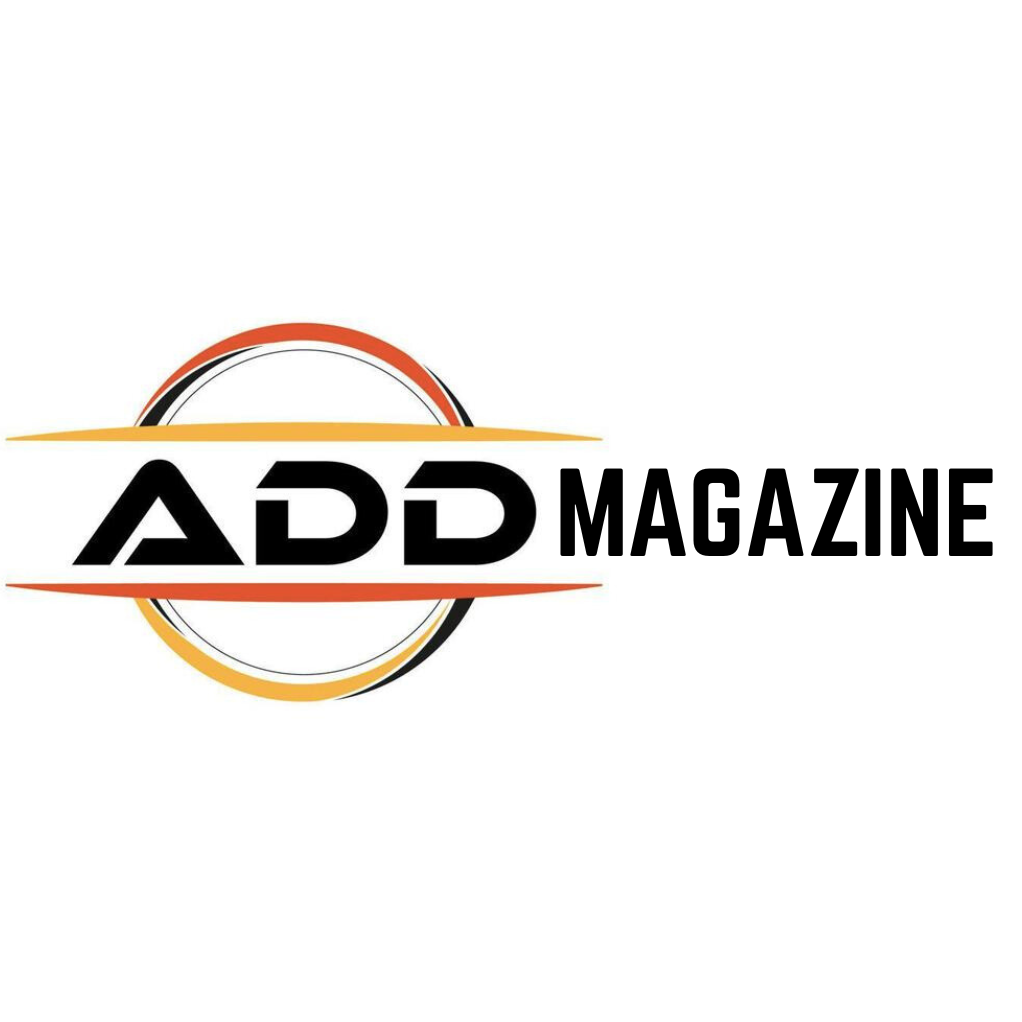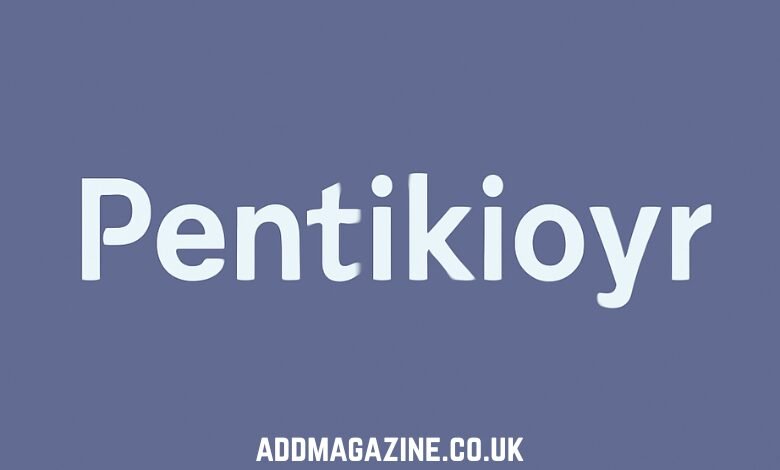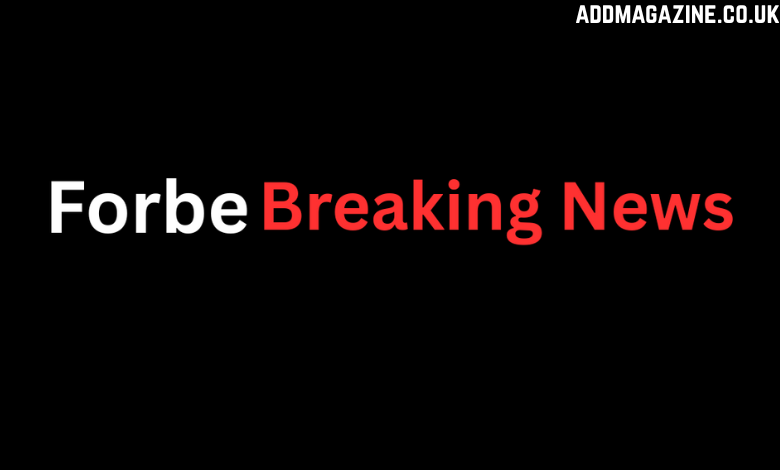In today’s fast-paced, ever-changing world, finding ways to streamline complex processes and foster sustainable growth is essential for both individuals and organizations. Traditional linear models of progress often fail to capture the complexity and unpredictability of real-world scenarios. To address this, new frameworks are emerging that offer a more dynamic and adaptable approach. One such framework is Pentikioyr, a model built around a five-phase cycle that emphasizes structured progression, reflection, and continuous improvement.
What is Pentikioyr?
Pentikioyr is a conceptual framework designed to guide individuals and organizations through a structured yet flexible cycle of growth. The name “Pentikioyr” is derived from the prefix “penti,” meaning five, which reflects its core structure: five distinct phases that together form a continuous loop of development and innovation. The framework can be applied across a variety of domains, including business, education, personal development, and creative industries, offering a universal approach to tackling complex challenges.
The five phases of Pentikioyr are:
- Ideation
- Formation
- Execution
- Evaluation
- Renewal
Each phase serves as a step in the journey of transforming an idea into a sustainable outcome. What sets Pentikioyr apart from other models is its emphasis on renewal—rather than merely concluding the process at evaluation, the cycle loops back to ideation, incorporating lessons learned and driving continuous improvement.
The Five Phases of Pentikioyr
1. Ideation: The Spark of Creativity
The first phase of the Pentikioyr framework is ideation. This is where new ideas are generated, possibilities are explored, and creative solutions are born. It’s a stage that encourages free thinking, brainstorming, and the unrestrained exploration of what could be.
Ideation is crucial because it sets the foundation for the entire process. It’s not just about generating ideas but also about understanding the problem at hand and finding innovative ways to address it. During this phase, there is no such thing as a “bad” idea. Everything is on the table, and the goal is to push boundaries and think outside the box.
Whether it’s a new product, a business strategy, or a personal goal, the ideation phase is where everything starts. This phase benefits from diversity of thought, collaboration, and an openness to unconventional approaches. By fostering an environment where creativity can thrive, Pentikioyr encourages innovation from the very beginning.
2. Formation: Structuring Ideas into Actionable Plans
Once ideas have been generated, the next step is formation. This phase is about turning abstract concepts into tangible, workable frameworks or models. It’s about refining ideas, structuring them, and ensuring they are feasible in real-world scenarios.
Formation is where the groundwork for execution is laid. Ideas are tested for viability, and the most promising ones are organized into a clear strategy or action plan. During this phase, it’s important to address the logistics of implementation—what resources are needed, what timeline should be followed, and how the plan will be executed.
In a business context, this could mean developing a detailed business model, creating a roadmap for a product launch, or designing a marketing strategy. In personal development, formation might involve setting specific goals, creating a plan to achieve them, and identifying the steps needed to reach success.
3. Execution: Putting Plans into Action
The execution phase is where ideas and plans come to life. This is the point at which concepts are put into practice, and the work of bringing the vision to reality begins. Whether it’s launching a product, implementing a business strategy, or working toward a personal goal, execution is where the rubber meets the road.
During execution, the focus shifts from planning to action. It’s a phase that requires coordination, leadership, and the ability to adapt in real-time. Challenges will arise, and unexpected obstacles may present themselves, but the goal is to stay focused on the outcome and keep moving forward. The execution phase often requires collaboration and effective communication to ensure everyone involved is aligned with the same vision and goals.
Success in this phase depends on how well the planning and preparation from the previous stages are translated into practical steps. A strong execution phase can make or break a project, which is why this phase is often the most demanding.
4. Evaluation: Measuring Outcomes and Analyzing Performance
After execution comes evaluation, the phase where outcomes are measured, and performance is analyzed. This step is critical for understanding what worked well and what didn’t. It involves assessing the effectiveness of the actions taken and identifying areas for improvement.
In business, evaluation can take the form of performance reviews, customer feedback, and financial analysis. For a personal goal, it could involve reviewing progress, identifying obstacles, and adjusting strategies accordingly.
The evaluation phase encourages a data-driven approach. Key metrics are reviewed, and outcomes are compared to the initial objectives set during the formation phase. By analyzing these results, one can identify strengths, weaknesses, and opportunities for growth.
However, evaluation isn’t just about identifying problems—it’s also about celebrating successes. Recognizing what went right can help build momentum and provide the motivation needed to continue pushing forward.
5. Renewal: Continuous Improvement
What makes Pentikioyr unique is its focus on renewal. After the evaluation phase, instead of closing the loop, the framework encourages a return to ideation, where fresh insights are incorporated to refine and adapt the process. This phase is all about continuous improvement and adaptation.
In traditional models, the cycle often ends with evaluation. However, Pentikioyr’s renewal phase turns evaluation into an opportunity for growth rather than an endpoint. This iterative process allows for flexibility, resilience, and the ability to adapt to new challenges as they arise.
Renewal is where the lessons learned during the evaluation phase are applied to the next cycle of ideation. This creates a loop of endless growth, where ideas are constantly being refined, improved, and optimized. It allows for a feedback-rich environment where innovation never stops.
The Advantages of Pentikioyr
The strength of the Pentikioyr framework lies in its adaptability and iterative nature. In a world that is increasingly complex and dynamic, a linear approach often falls short. Pentikioyr’s five-phase cycle offers a more flexible, holistic way of thinking about progress.
One of the main advantages of Pentikioyr is that it encourages reflection and adaptation at every stage. While linear models can sometimes become rigid and fixed, Pentikioyr allows for continuous learning and course correction. By revisiting ideation after evaluation, the framework fosters a mindset of constant improvement.
Furthermore, the cyclical nature of Pentikioyr helps prevent stagnation. It’s easy to get caught up in a fixed plan or to become complacent with success. Pentikioyr, however, emphasizes ongoing refinement and innovation, ensuring that growth doesn’t plateau.
Another key benefit is its broad applicability. Whether you’re launching a new business, developing a product, pursuing personal growth, or creating something artistic, Pentikioyr’s framework can be applied to nearly any endeavor. Its structured yet adaptable cycle provides a clear roadmap for navigating the complexities of various projects.
Conclusion
Pentikioyr is more than just a framework; it’s a mindset—a tool for ongoing growth and innovation. By focusing on the five phases of ideation, formation, execution, evaluation, and renewal, Pentikioyr creates a cycle of continuous improvement that can be applied across different sectors and challenges.
In a world where change is constant and the ability to adapt is key to success, Pentikioyr offers a blueprint for navigating complexity. It’s a reminder that growth isn’t linear but rather a dynamic, ongoing process. By embracing Pentikioyr, individuals and organizations alike can foster a culture of resilience, innovation, and constant progress.




